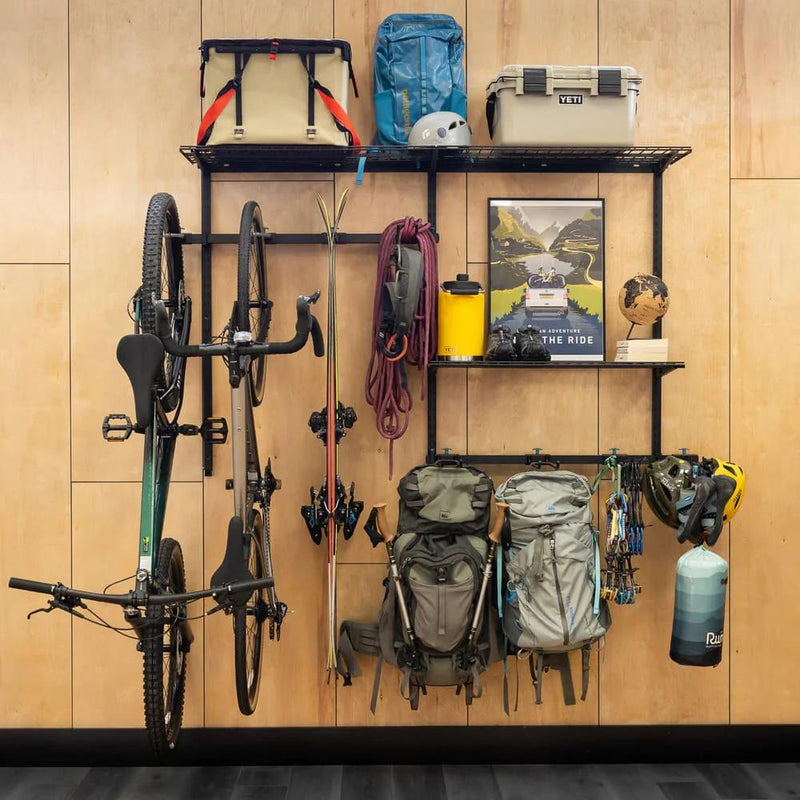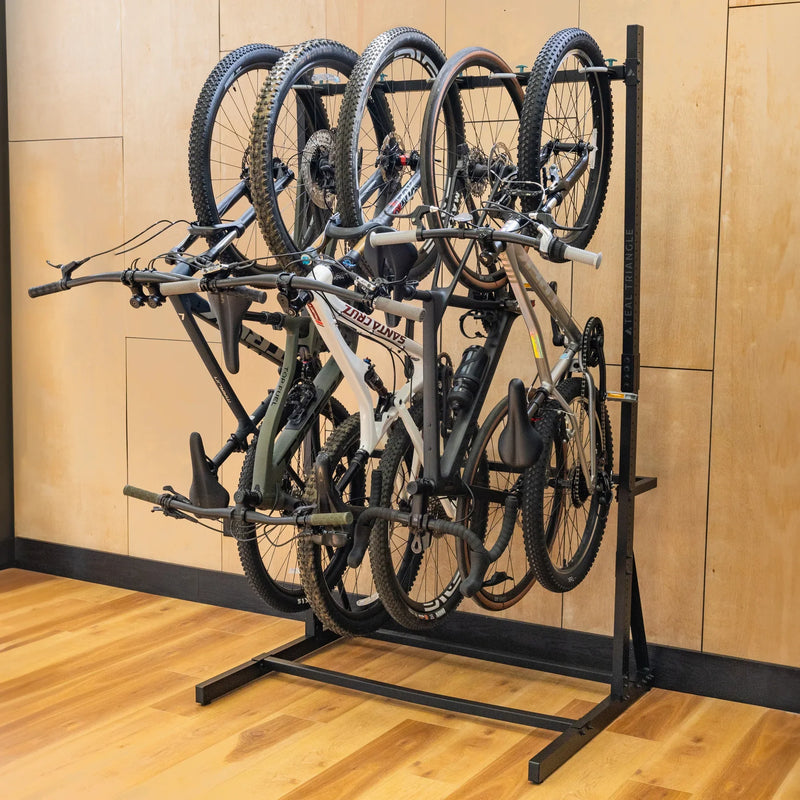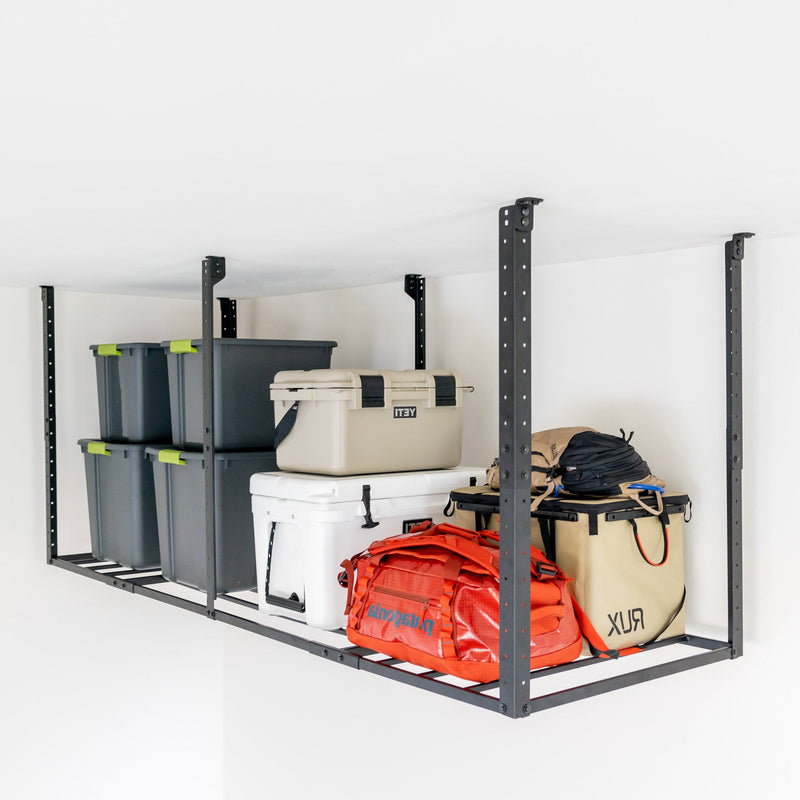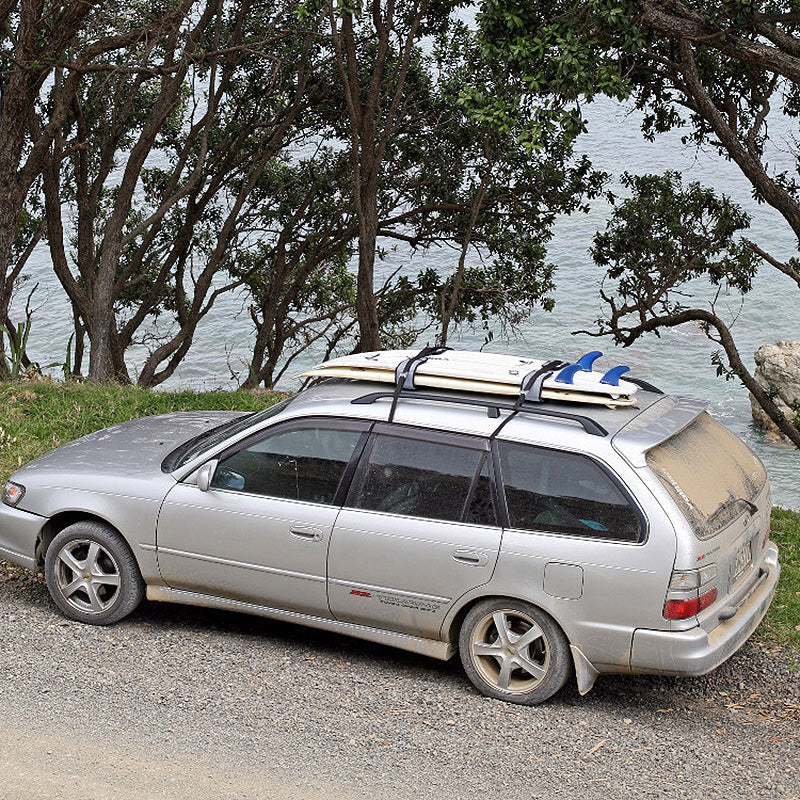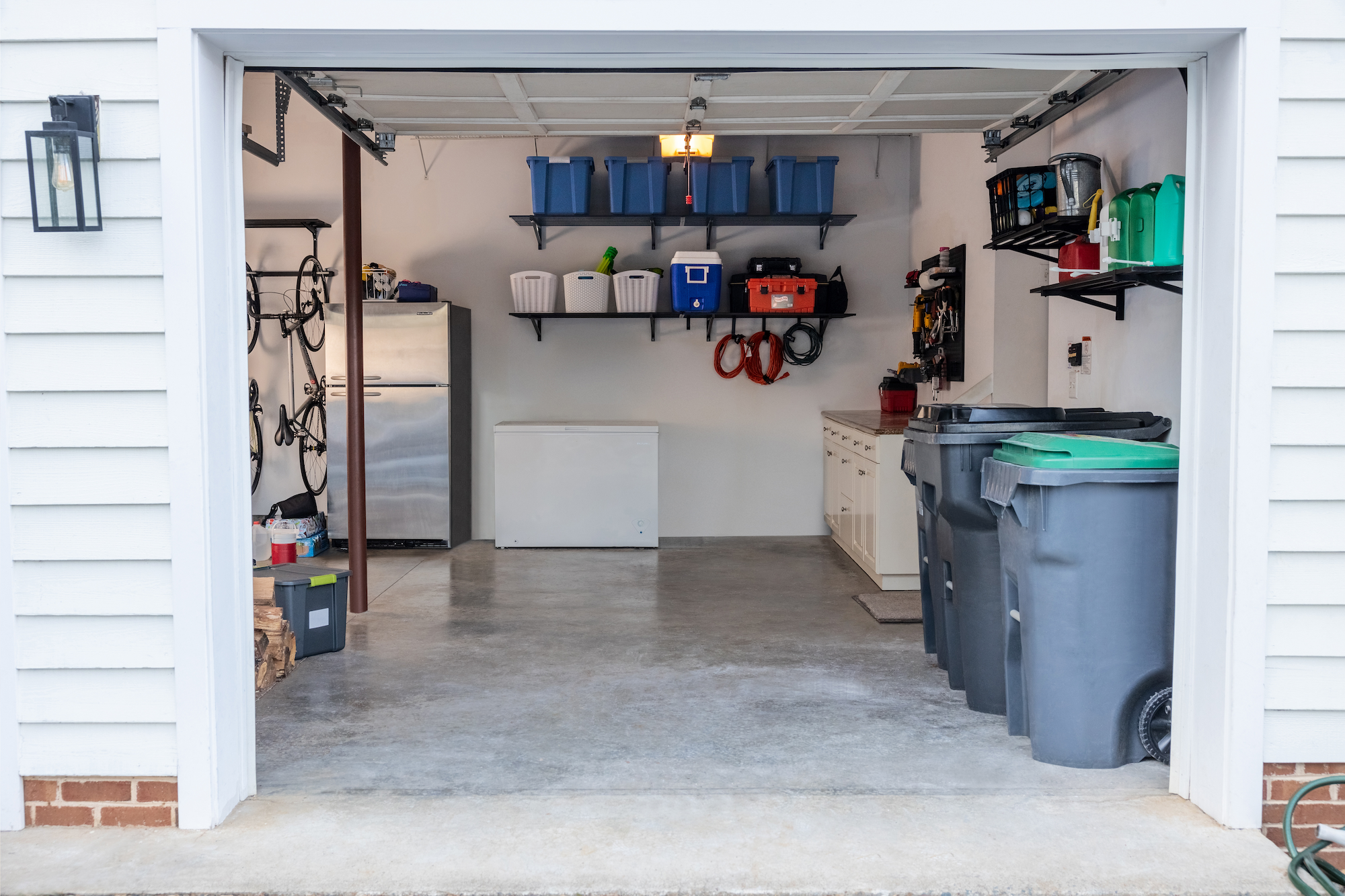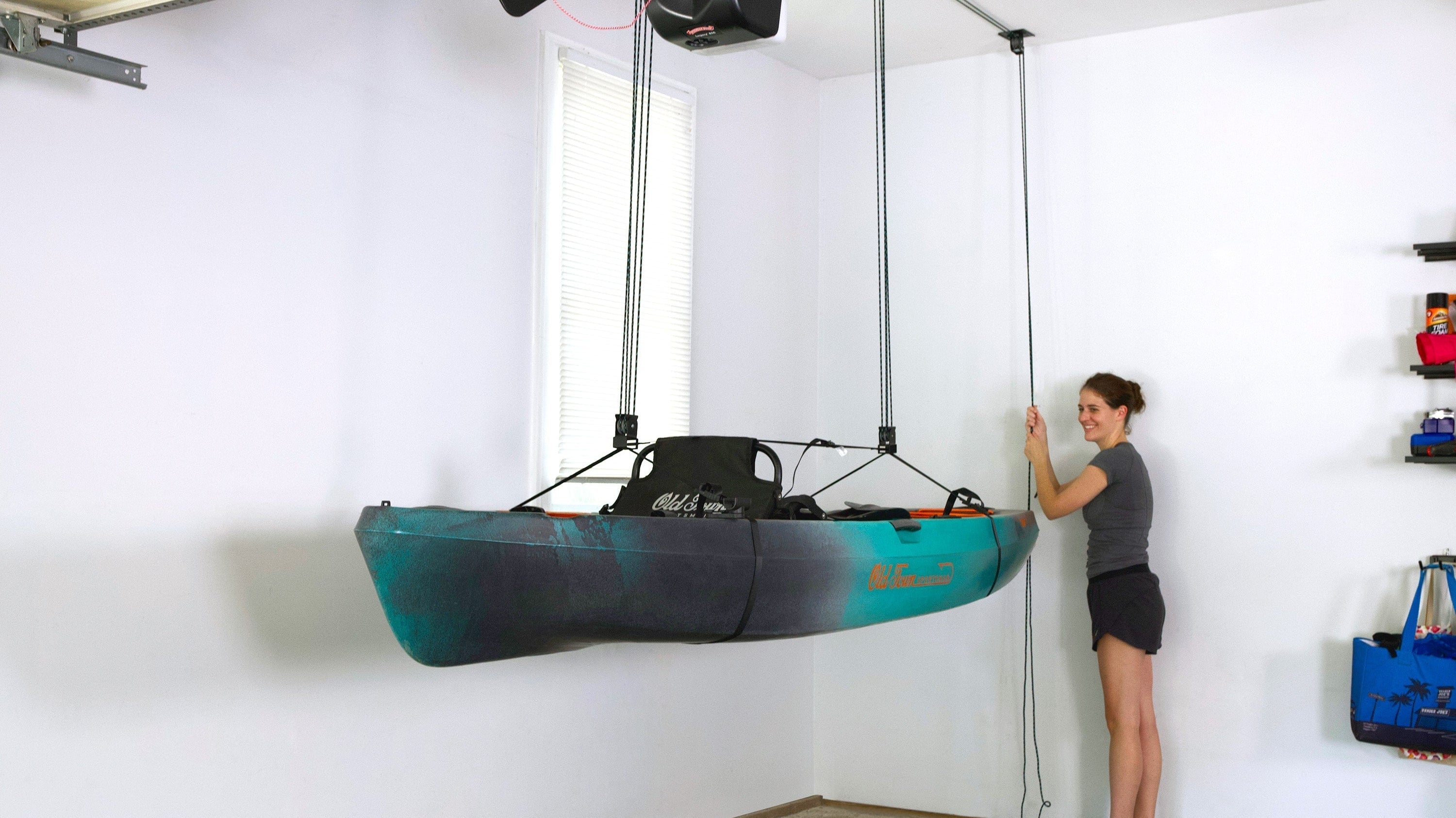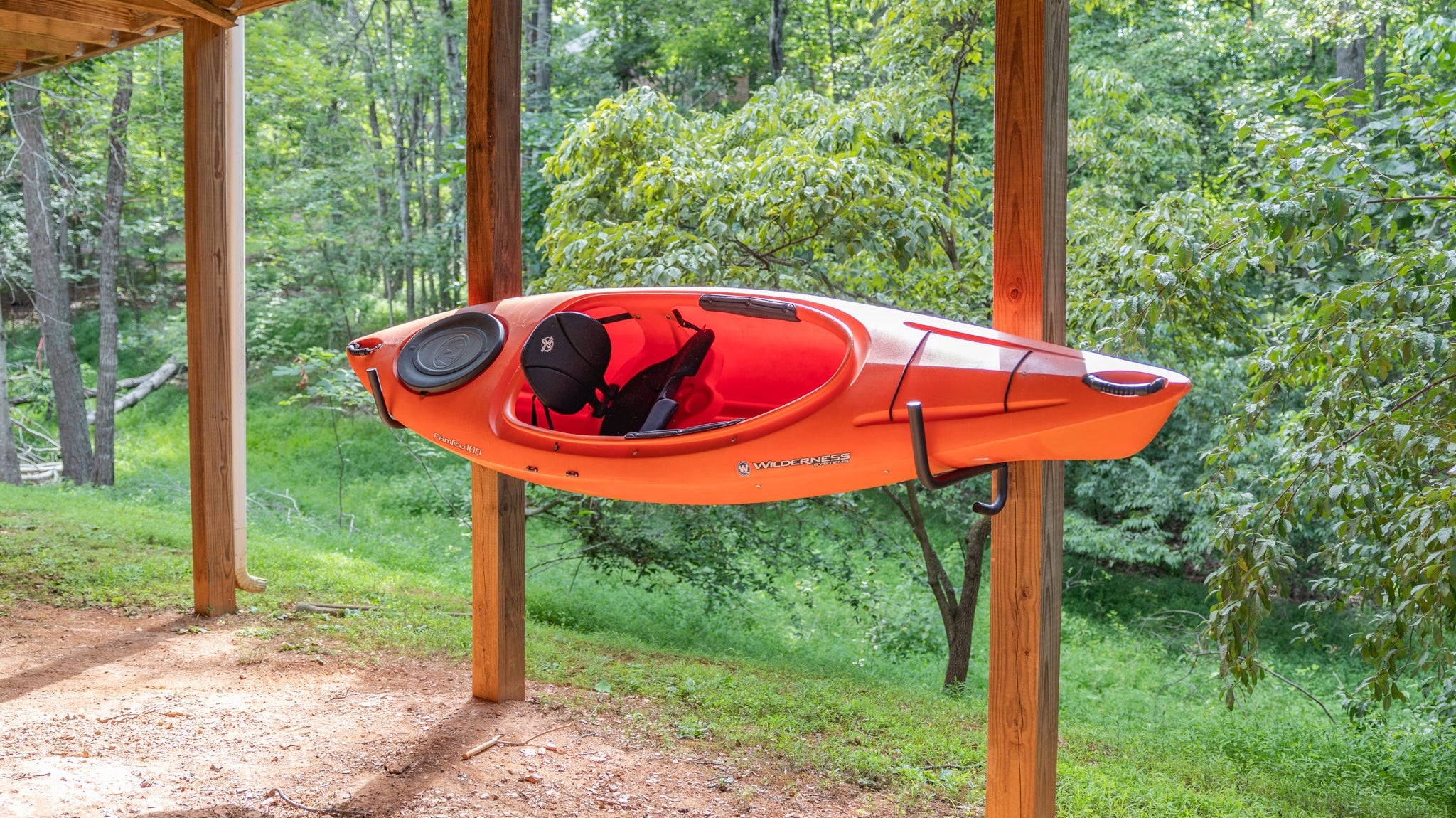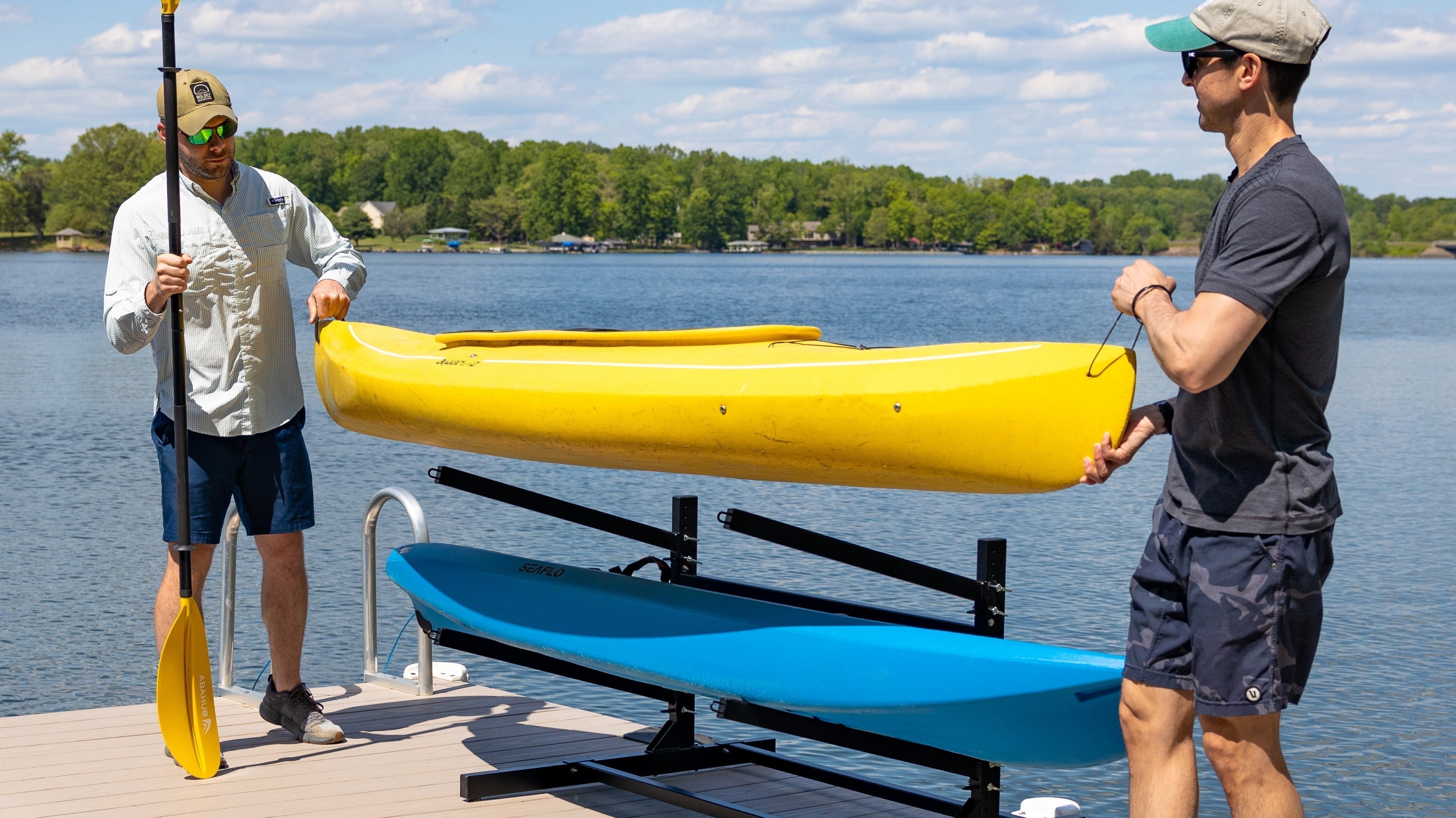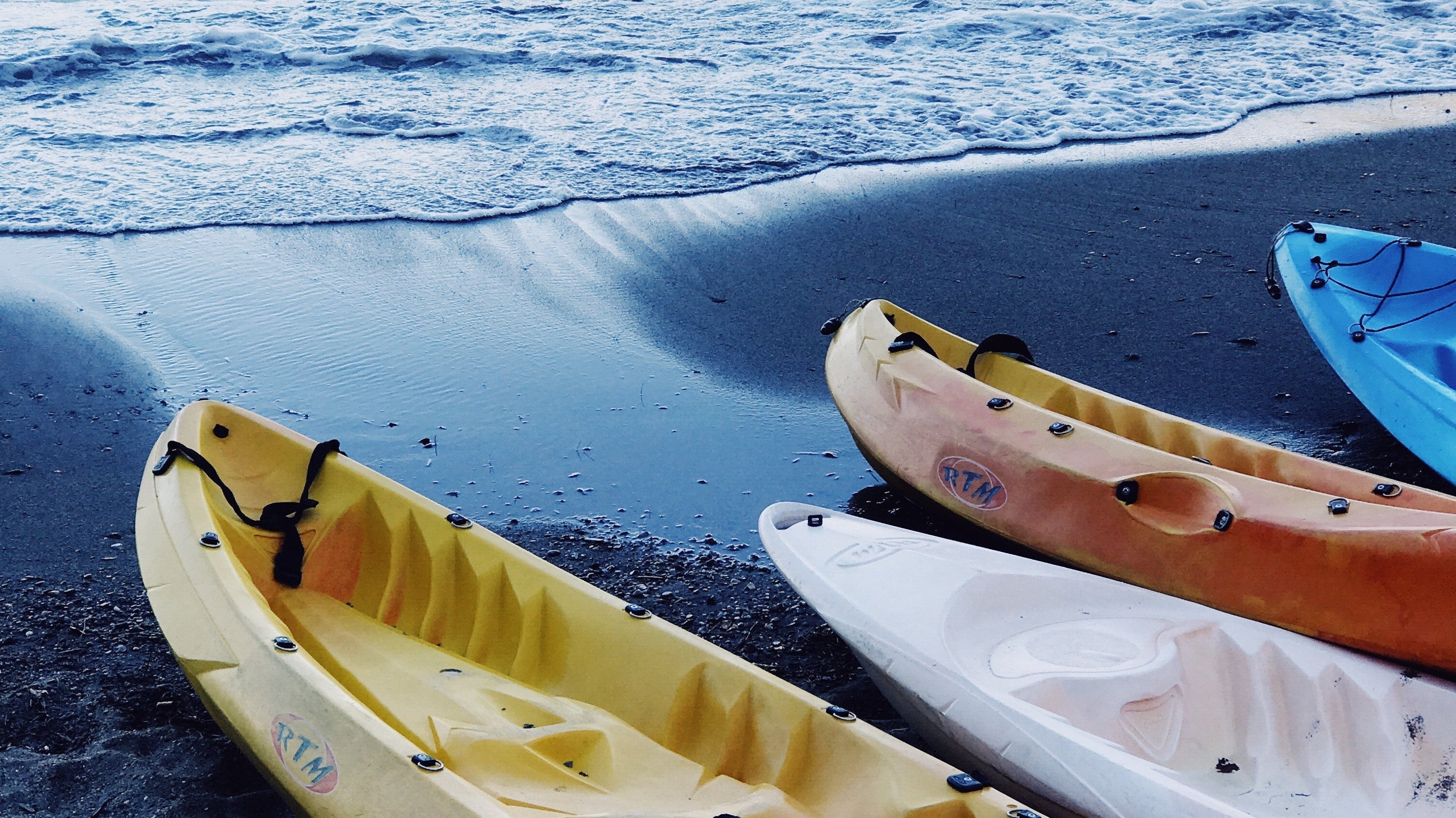Garage Organization Ideas & Expert Advice
What’s the Best Way to Store a Kayak in a Garage?
Discover space-saving storage solutions that make storing your kayak in your garage easy.
Top 5 Kayak Storage Solutions for Small Spaces
A guide to the top space-efficient kayak storage solutions for small spaces. Find compact kayak racks for your home, garage, and yard.
Guide to Kayak Storage: Keeping Your Boats Organized Year-Round
Find the perfect kayak storage for your space with this comprehensive guide, covering indoor and outdoor storage: freestanding, wall-mounted, ceiling-mounted, and more.
3 Best Outdoor Kayak Storage Racks
When your time on the water comes to an end, and it’s time to pack your kayak away, it can be hard to know what type of storage is best. Take it from kayak owners like you—below are the three top-selling kayak storage racks. From this selection, you’re sure to find kayak storage that fits your space.
Must-Have Gear for Getting Your Kayak to the Water
The summer is winding down, and it's the perfect time to hit the water with a kayak. The fall months bring cooler temperatures, while the water maintains warmth from...
What Is the Best Way to Store a Kayak Outside?
For an outdoor enthusiast, kayaks can be a big investment for seasons of fun out on the water. But when you're not using them, they can be clunky, awkward, and...


